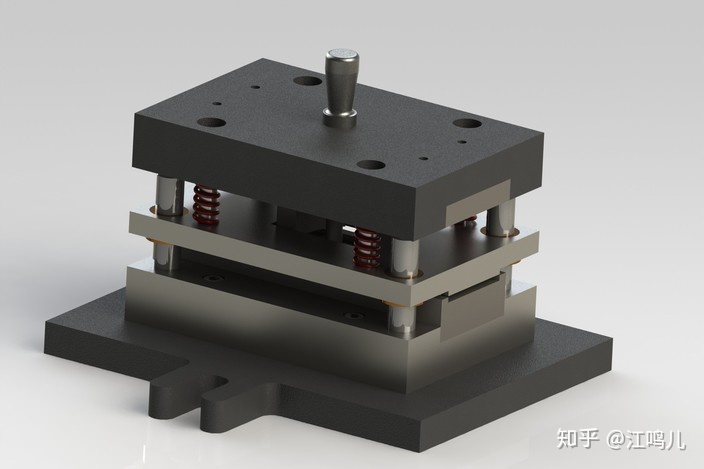Hardware stamping die uses various metal and non-metal materials, which are mainly carbon steel, alloy steel, cast iron, cast steel, hard alloy, low melting point alloy, zinc-based alloy, aluminum bronze, etc.
The material for manufacturing hardware stamping dies requires high hardness, high strength, high wear resistance, appropriate toughness, high hardenability and heat treatment without deformation (or less deformation) and quenching is not easy to crack and other properties.
Reasonable selection of hardware stamping die materials and the implementation of the correct heat treatment process is the key to ensure the life of the die. For the dies with different applications, it should be considered according to its working condition, stress conditions and the performance of the processed material, production volume and productivity, etc., and focus on the above-mentioned performance requirements, and then make the corresponding choice of steel and heat treatment process.
When the production batch of rich and complete stamping parts is large, the materials of the working parts of the die for hardware stamping parts, such as the convex die and concave die, should be selected from the die steel with high quality and good wear resistance. For the materials of parts of other process structure parts and auxiliary structure parts of the die, they should also be improved accordingly. When the batch is not big, the requirement of material performance should be relaxed appropriately to reduce the cost.
When the material to be pressed and processed is hard or the deformation resistance is large, the convex and concave dies of the punching die should be made of materials with good wear resistance and high strength. When drawing deep stainless steel, aluminum bronze concave die can be used because it has better anti-adhesive property. The guide pillar guide bush requires wear resistance and good toughness, so more low carbon steel surface carburization quenching.
For fixed plate and discharge plate type parts, not only should they have sufficient strength, but also require little deformation during the working process. In addition, you can also use cold treatment and deep cold treatment, vacuum treatment and surface strengthening methods to improve the performance of mold parts. For convex, concave die working conditions poor cold extrusion die, should be selected with sufficient hardness, strength, toughness, wear resistance and other comprehensive mechanical properties of good die steel, while should have a certain red hardness and thermal fatigue strength, etc..
Post time: Jan-10-2023


